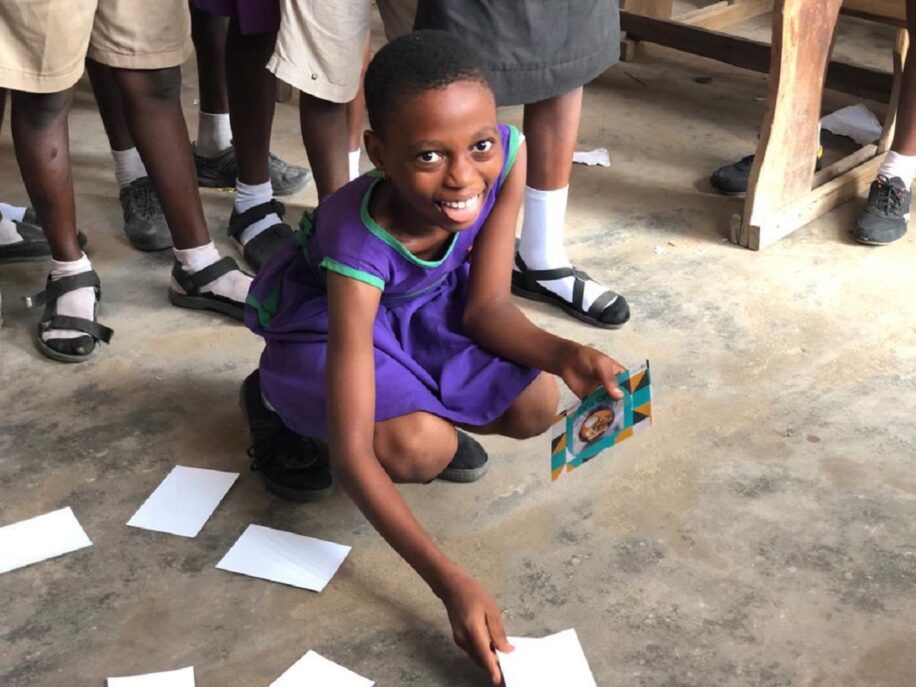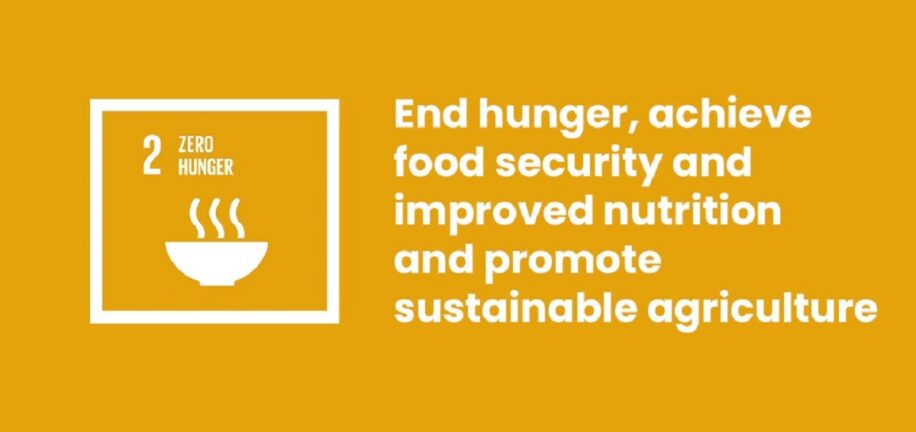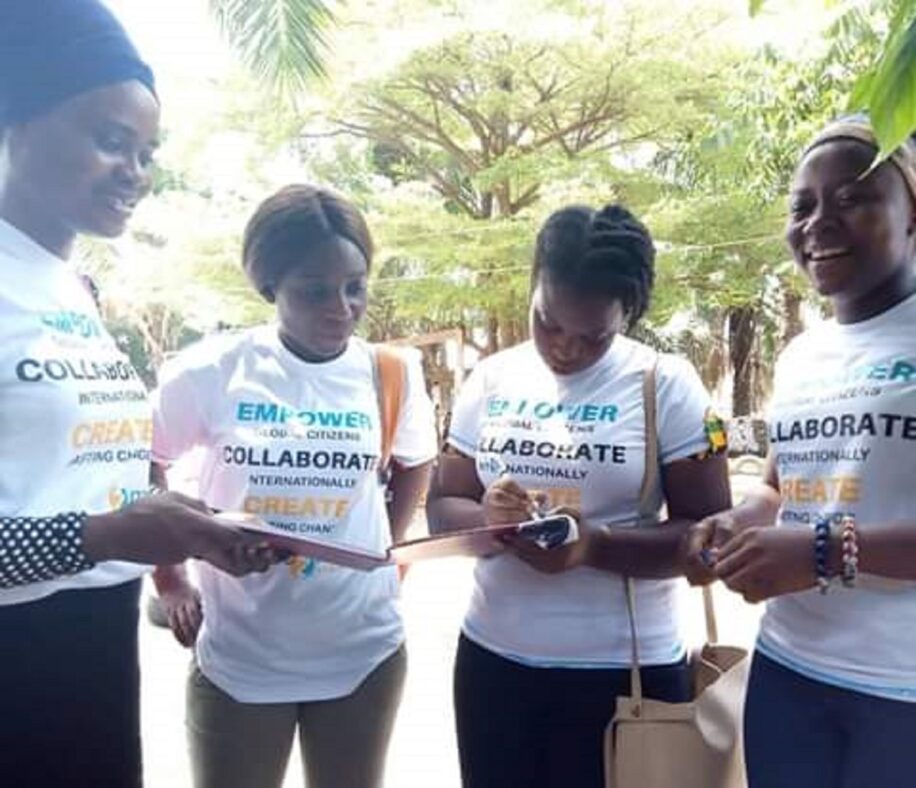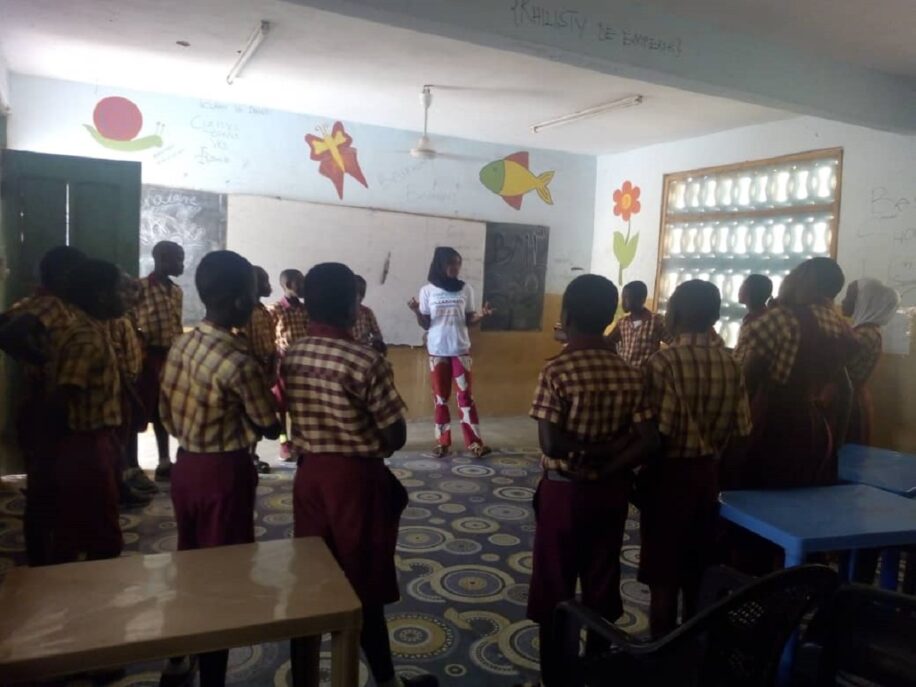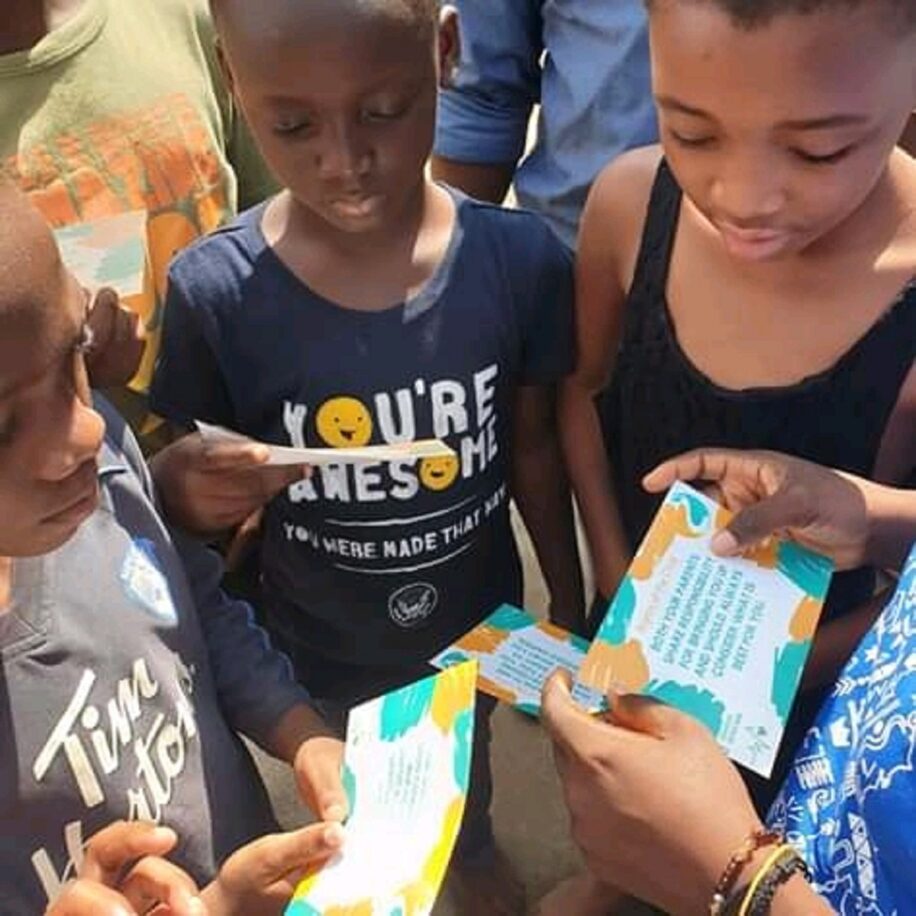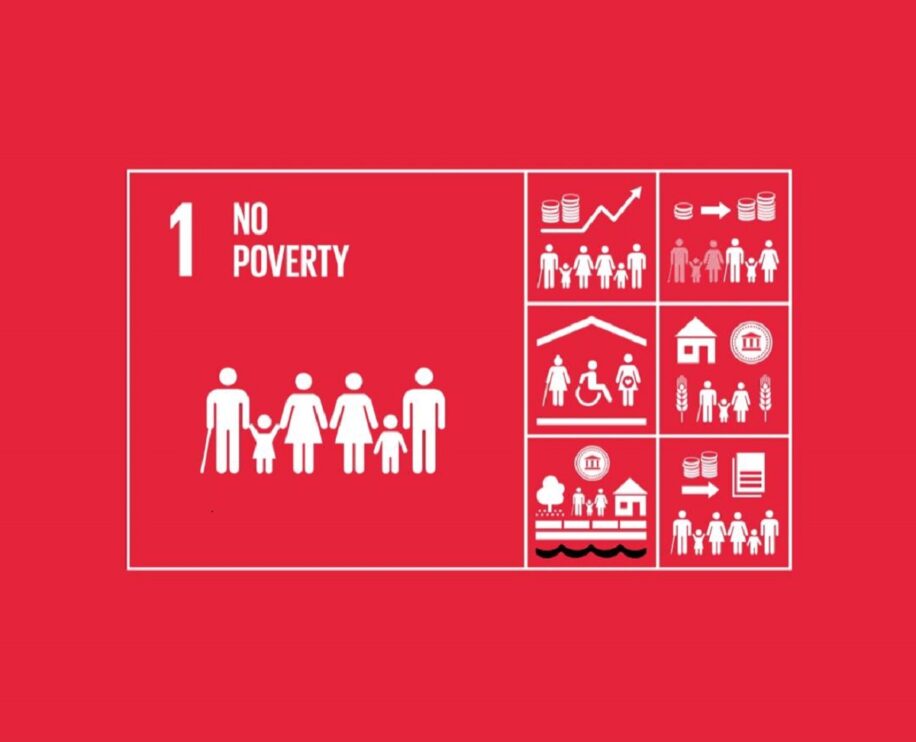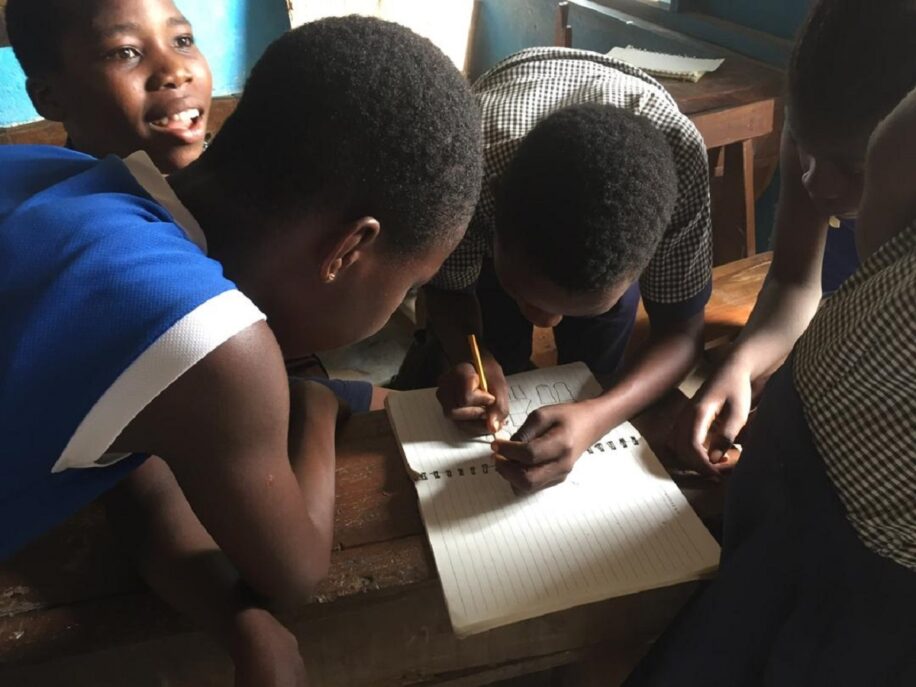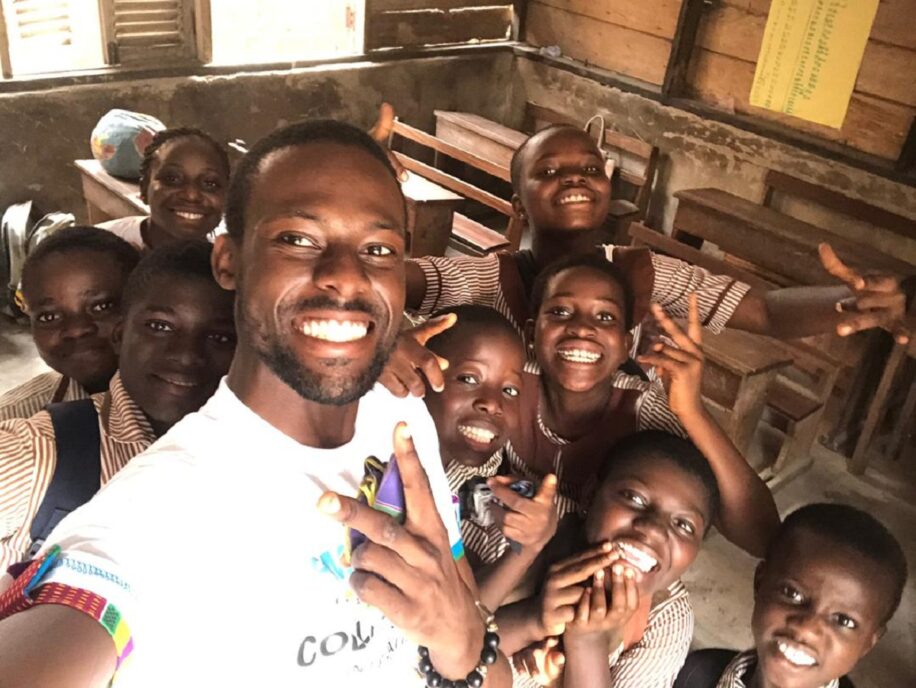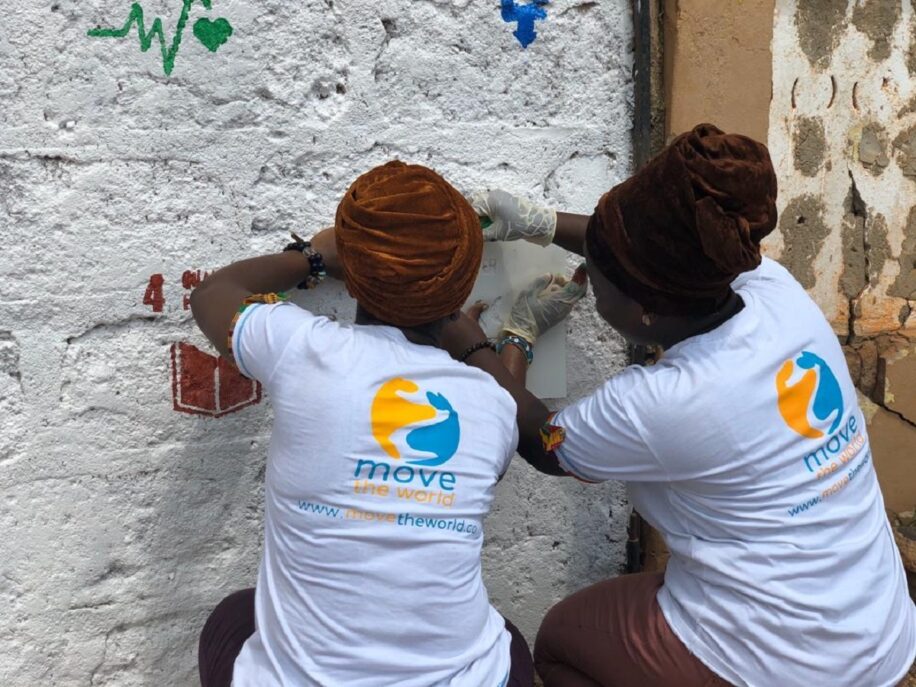Learning about food or any food-related topic brings complete joy to kids. This joy is present in the 4th and 5th Get Global Sessions when we focus on SDG Goal 2 (Zero Hunger).
The Minefield Game which employs a food-theme is another Game-based activity used at Get Global sessions to train students on the SDGs. The game places emphasis on concentration, teamwork and teaches kids about different kinds of foods and their sources.
How the game is played:
Items needed
- Game cards: some cards with different foods pictures while others are blank
- A large platform or surface
Activities
- Just as is accustomed, the group is split into different teams.
- The cards containing the foods and the blank cards are then spread face-down on the floor space randomly but in rows.
- All teams are to stand behind the cards with each team delegating a student to commence and the rest take turns.
- The first team’s representative chooses from a row to turn over.
- If a team turns over a card with food, they place it face down and continue to turn till the turn over a blank card.
- Once a blank card is turned, all cards turned will be turned face down in their spots and the delegated student goes to the end of their team line for the next team to try.
- If the next team choice of card picked is a card with a picture of food, they continue the game until they turn over a blank card and go back to the starting line.
- The team to turn all cards with foods without turning over a blank card is adjudged the winner.
The minefield activity is a highly interactive and engaging game that encourages students to learn about different Ghanaian staple foods and how they are prepared. The game is incorporated to bring on a light-hearted experience for kids on the adverse impacts of hunger in the world.

